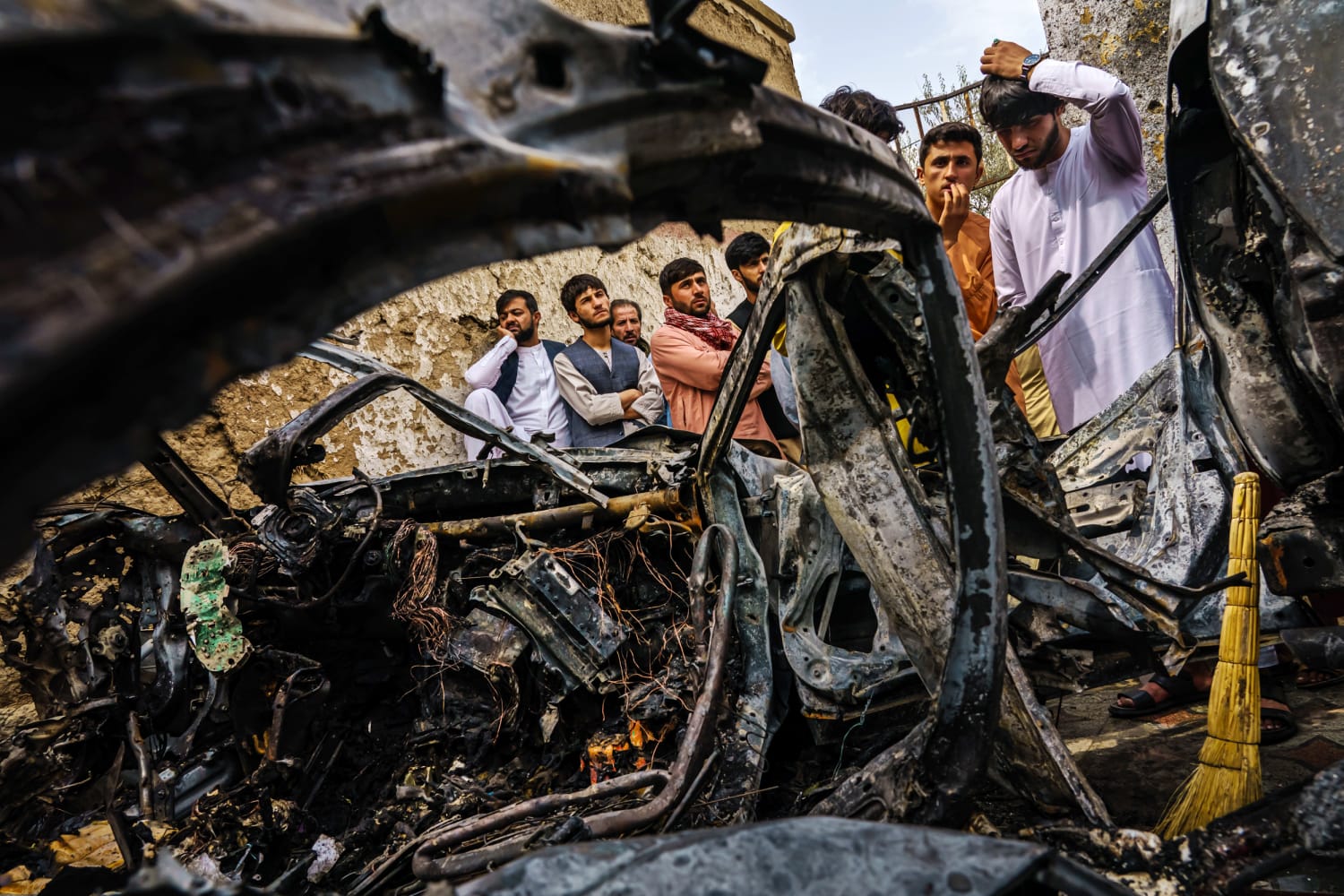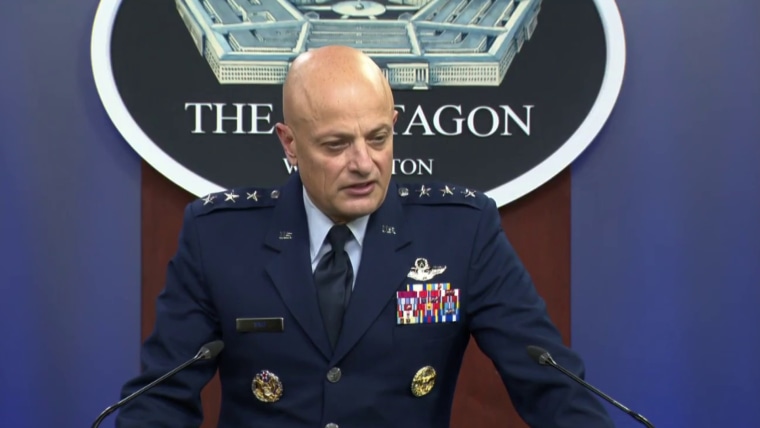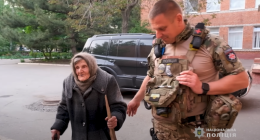A Pentagon review of the U.S. drone strike that killed 10 civilians, including seven children, in Kabul on Aug. 29 found that video footage showed at least one child present two minutes before the strike was launched, according to the official who led the review.
The review indicated that multiple issues, including execution errors, confirmation bias and communication breakdowns led to the mistaken drone strike on what was believed to be an ISIS bomber.
While at the time of the strike the strike team was unaware of the presence of children at the targeted site, the review found that surveillance footage from just prior to the missile launch showed at least one child, said Air Force Inspector General Lt. Gen. Sami Said.
A fact sheet issued Wednesday about the review said, “the assessment prior to strike of individuals in the target area was inaccurate.”
Said said he found no evidence of illegal action, and that “individuals directly involved in the strike believed at the time that they were targeting an imminent threat.”
“It’s not lost on us the severity of the outcome and the fact that we killed 10 Afghan civilians,” he said.
Said did not recommend sanctions for those involved, but commanders, who received the full report Monday, have the option of deciding on any discipline or accountability actions. The full report was not made available to the public.
“While this investigation had the benefit of considerable time to assess information available during the strike, those executing it didn’t,” Said’s team concluded. “What is clear now is understandably less so in real time.”
The strike was launched three days after the deadly suicide bombing near Kabul airport that killed 13 U.S. military members and scores of Afghan civilians in August. The U.S. had intelligence that ISIS-K was plotting an attack against the Kabul airport using a white Toyota Corolla. They began tracking the wrong vehicle after it showed up at a known ISIS-K location.
The vehicle, its contents and occupant — the intended target of the strike — were assessed at the time as an imminent threat to U.S. forces at Hamid Karzai International Airport, three kilometers away. Pentagon officials called the assessment, which was primarily driven by interpretation of intelligence and observed movement of the vehicle and occupants over an 8-hour period, “regrettably inaccurate.”
The explosives used in the previous attack on the airport were believed to have been transported in a computer bag, according to Said. One of the factors that led to confirmation bias prior to the U.S. drone strike was seeing a computer bag in the car.
“As it turns out, and we can affirm it, it was just a computer bag,” Said said.
The report, commissioned by Secretary of Defense Lloyd Austin, recommended steps to prevent future mistakes in similar “self-defense” drone strikes, where evidence is gathered and assessments made in a condensed time frame compared to most drone strikes. The U.S. military conducts very few such strikes and had done no similar strikes in the prior four months, Said said. T
The recommendations were to implement procedures to mitigate risks of confirmation bias, to enhance sharing of situational awareness between the strike team and other teams, and to review pre-strike procedures used to assess presence of civilians.
Said noted that confirmation bias is “particularly a factor in this scenario,” and that “these measures will go a long way to greatly mitigate the risk of this happening again, because they all contributed to the ultimate strike.”
The report also addressed the initial claim by U.S. officials that the drone strike prevented a terror strike. It found that the initial reviews conducted immediately following the strike were conducted in a compressed timeframe — over less than a week — aiming to provide information as quickly as possible, but failed to accurately assess all the facts.
The 10 dead civilians were all members of the same extended family, relatives told NBC News, and included the seven children. Some were as young as 2 and 3.
In September, Gen. Kenneth McKenzie, the head of U.S. Central Command, made the rare public admission that the strike “was a mistake,” and said he is “fully responsible for this strike and the tragic outcome.”
Source: | This article originally belongs to Nbcnews.com










